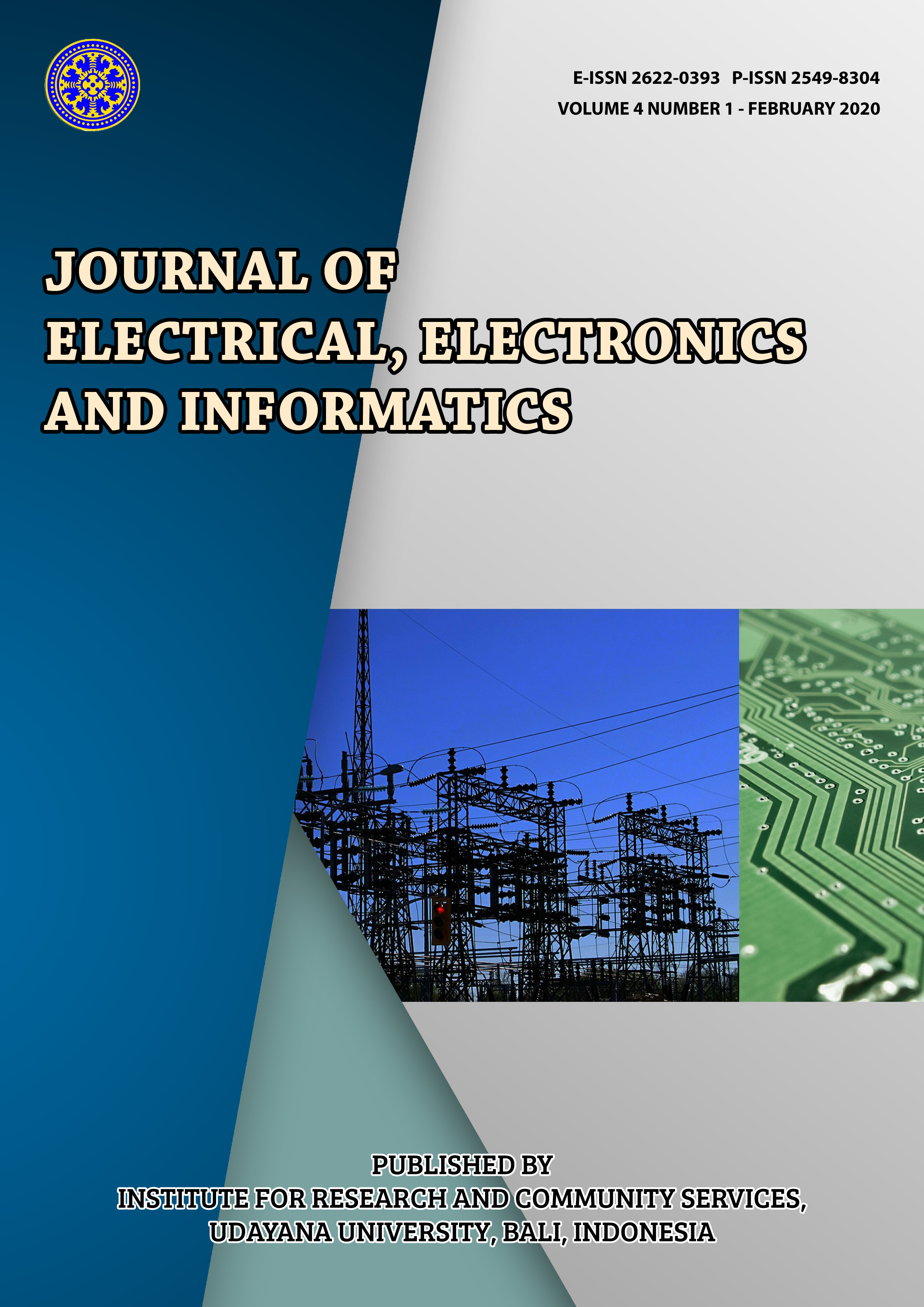A Review on Biomass for Electricity Generation in Indonesia
Abstract
The Indonesian National Energy Policy stipulates that renewable energy must contribute 23% of total energy consumption by 2025 and increase to 31% by 2050. Among many resources of the country, biomass is a renewable energy source whit the potential is estimated at 32,654 MW. This article reviews the biomass and electricity generation implementation in Indonesia to get insights on the development of the biomass for power generation of the country. Currently, the biomass electricity generation technology that has been applied in Indonesia includes direct combustion as fuel for coal power plants or co-firing, converted into refuse-derived fuel, gasification, sanitary landfills, and incinerators. From 2011 to 2019, the installed capacity of biomass power plants reached 1857.5 MW or 33.78% of the target of 5500 MW in 2025. The biomass power plants are located in North Sumatra, Jambi, Gorontalo, Riau, West Nusa Tenggara, Papua, Bangka Belitung, North Sulawesi, South Sumatra, East Java, and Jakarta. Considering the high 2025 electricity from biomass target, it is necessary to develop a more intensive biomass power plants because of its large potential, available technology, and its benefits to increase the electrification ratio especially for providing electricity for people in areas not yet covered by the utility network, realizing national energy security, and reducing the use of fossil-based fuels.
Downloads
References
[2] BPS. 2015. Luas Lahan Sawah Menurut Provinsi 2003–2015. Badan Pusat Statistik Bidang Energi
[3] BPS. 2017. Luas Kawasan Hutan dan Kawasan Konservasi Perairan Indonesia Menurut Provinsi Berdasarkan SK Menteri Kehutanan. Badan Pusat Statistik Bidang Energi
[4] BPS. 2019. Kapasitas Terpasang (MW) Perusahaan Listrik Negara (PLN) menurut Jenis Pembangkit Listrik, 1995-2017. Badan Pusat Statistik Bidang Energi
[5] ESDM. 2015. Pedoman Energi Terbarukan tentang PengembanganProyek Tenaga Listrik Biomassadan Biogas di Indonesia. E-Guidebook versi Bahasa Indonesia Edisi kedua, Februari 2015
[6] RUEN. 2017. Peraturan Presiden Republik Indonesia Nomor 22 Tahun 2017 Tentang Rencana Umum Energi Nasional.
[7] Vijai K.Gupta, Ravichandra Potumarthi, Anthonia O’Donovan, Christian P. Kubicek, Gauri Dutt Sharma, Maria G. Tuohy, Bioenergy Research: An Overview on Technological Developments and Bioresources, 2014, Pages 23-47
[8] Shusheng Pang, Fuel flexible gas production: Biomass, coal and bio-solid wastes, 2016, Woodhead Publishing, Pages 241-269
[9] http:// www. Iea .org /stats /defs /sources /renew.asp (accessed 10 September 2019)
[10] http://www.euromonitor.com (accessed 10 September 2019)
[11] Vladimir Strezov. 2014. Biomass Processing Technologies. Taylor & Francis Group, LLC. ISBN : 978-1-4665-6616-3
[12] Petir Papilo, Kunaifi, Erliza Hambali, Nurmiati, Rizfi Fariz Pari, Penilaian Potensi Biomassa Sebagai Alternatif Energi Kelistrikan, Jurnal PASTI, 2015, Volume IX No 2, 164-176
[13] Arief Tajalli, Panduan Penilaian Potensi Biomassa Sebagai Sumber Energi Alternatif di Indonesia, Penabulu Alliance, 2015.
[14] Harwin Saptoadi, Moch. Syamsiro, Bisrul Hapis Tambunan, Pemanfaatan Limbah Biomassa Cangkang Kakao dan Kemiri Sebagai Bahan Bakar Briket, Jurnal Manusia Dan Lingkungan Vol 14 No 3 2007
[15] https://drive.esdm.go.id// (accessed 1 november 2019)

This work is licensed under a Creative Commons Attribution-ShareAlike 4.0 International License.











